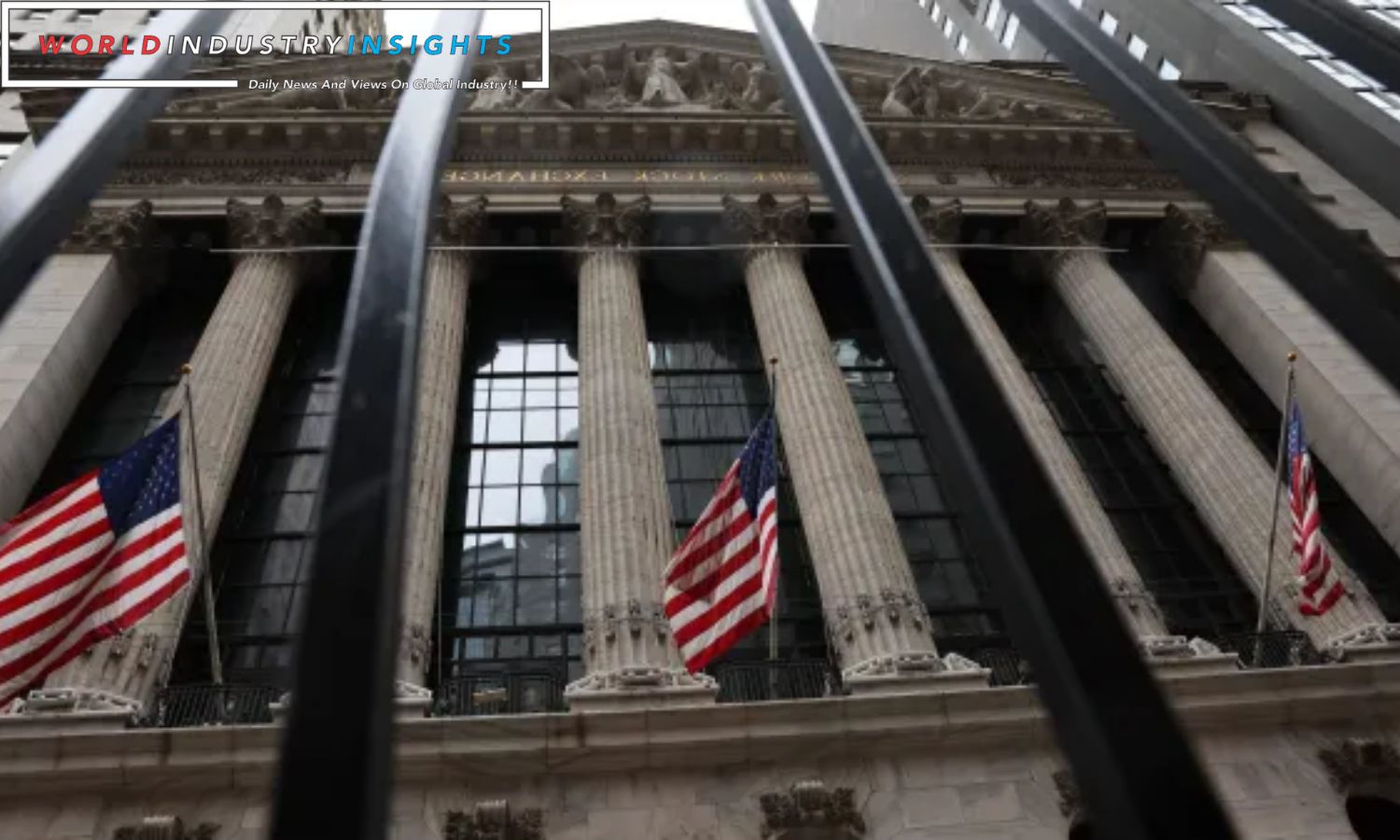Surging bond yields challenge: The recent rise in bond rates has been felt in the financial markets in U.S. stocks. As this story goes on, investors are facing a problem that has to do with the sky-high valuations of enormous technology and business giants.
As of the most recent, seven megacap companies—Apple (AAPL.O), Microsoft (MSFT.O), Alphabet (GOOGL.O), Amazon (AMZN.O), Nvidia (NVDA.O), Tesla (TSLA.O), and Meta Platforms (META.O)—will be responsible for more than 80% of the returns on the S&P 500 in 2023.
At the heart of this financial story is the idea that these megacaps benefit from progress in artificial intelligence. They were seen as safe havens earlier in the year during regional banking problems because of how strong their finances were and how they did business. But as stock prices hit astronomical heights, values went up too. This made people worry that the economy could be unstable if bond yields kept going up.
Based on expected profits over the next 12 months, the “Magnificent Seven” stocks have an average price-to-earnings ratio of 31.8. This is much higher than the S&P 500’s modest ratio of 18.1.
Since their total weight on the S&P 500 is 27%, any weakness in the mega-caps could act as a gravitational force and pull the broader index further down from its July peak, which is already 6.6% below. Even so, the S&P 500 has grown yearly by more than 11%.
Matt Maley, the head market strategist at Miller Tabak, said, “When the famous tech stocks start going down, the indexes follow suit.” Because of the worry, investors sell their mutual funds and exchange-traded funds (ETFs), which has a domino effect.
Also Read: US Bond Yields Surge: Unraveling the Dance of Inflation and Economic Resilience
Some megacaps have already been hurt by the market’s chaos. Apple, the biggest company on the market, has lost about 13% of its value since the end of July. In September, Nvidia, which was doing very well, lost almost 12% of its value. Still, Apple’s sales are up 32% for the year, while Nvidia’s sales are up nearly 200%.
Rising Treasury yields are putting constant pressure on the market because they are becoming strong competitors for stocks in the current financial situation. When interest rates increase, the cost of borrowing for companies and people goes through the roof.
When yields go up, companies with strong expected earnings growth, like tech and growth companies, are in the firing line. The effect is made worse by the possibility of making money, which is a big part of their appeal. Matt Stucky, a senior portfolio manager at Northwestern Mutual Wealth Management Co., says that because their prices are so high, they are susceptible to changes in accurate interest rates.
Options markets show that people are getting more worried. The implied volatility for the next 30 days for the Invesco QQQ ETF, which tracks the Nasdaq 100, recently went up to 22. This is the highest number it has been since mid-April, and it means traders should be ready for trouble.
But even in the middle of this financial storm, analysts see a calm face. The ups and downs of the market as a whole are mirrored in the implied volatility of tech stocks, which makes people feel comfortable. Chris Murphy, co-head of derivative strategy at Susquehanna Financial Group, says that this calm makes tech companies more likely to experience more instability if the market keeps falling.
Even though some mega-cap giants, like Alphabet, have held up well during the S&P 500’s drop, there is still a chance of trouble. J. Bryant Evans, portfolio manager at Cozad Asset Management, says that a U.S. antitrust case against Amazon adds a new layer of worry to the story of megacaps. There are still worries about the rise in profits that A.I. apps will bring.


